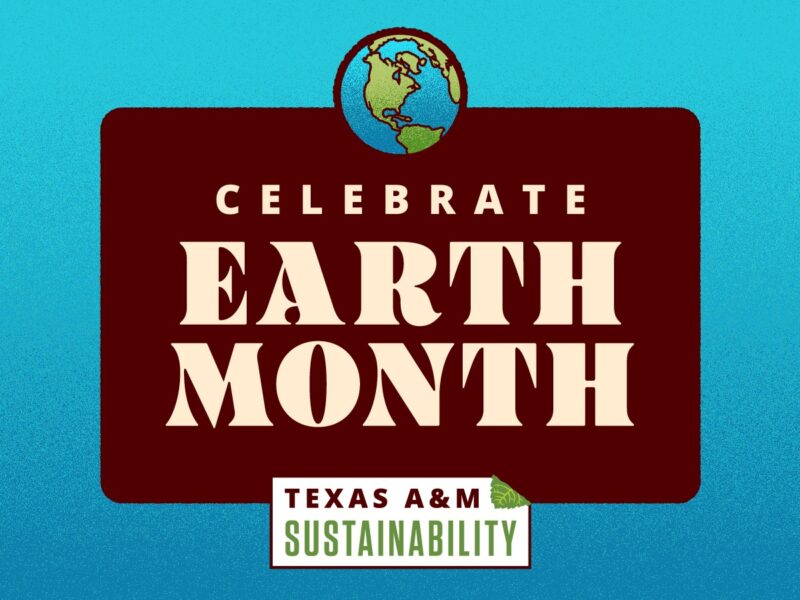Worldwide Urban Growth To Explode By 2030

A new study suggests that a brief window of opportunity exists to shape the development of cities across the globe before an enormous boom in infrastructure construction occurs, according to researchers at Yale, Texas A&M University, and Boston University in the Proceedings of the National Academy of Sciences.
The researchers predict that by 2030, urban areas will expand by more than 463,000 square miles, or 1.2 million square kilometers. That is equal to 20,000 American football fields becoming urban every day for the first three decades of this century.
The growth in urban areas will coincide with the construction of roads and buildings, water and sanitation facilities, and energy and transport systems that will transform land cover and cities globally. Recent estimates suggest that between $25 trillion and $30 trillion will be spent on infrastructure worldwide by 2030, with $100 billion a year in China alone.
“Given the long life and near irreversibility of infrastructure investments, it will be critical for current urbanization-related policies to consider their lasting impacts,” said Karen Seto, lead author of the study and associate professor in the urban environment at the Yale School of Forestry & Environmental Studies. “We have a huge opportunity to shape how cities develop and their environmental impacts.”
Nearly half of the increase in high-probability — defined as greater than 75 percent — urban expansion is forecasted to occur in Asia, with China and India absorbing 55 percent of the regional total. In China, urban expansion is expected to create a 1,100-mile coastal urban corridor from Hangzhou to Shenyang. In India, urban expansion will be clustered around seven state capital cities, with large areas of low-probability growth forecasted for the Himalayan region where many small villages and towns currently exist.
Africa’s urban land cover will grow the fastest, at 590 percent above the 2000 level of 16,000 square miles. Urban expansion will be concentrated in that continent’s five regions: the Nile River in Egypt; the coast of West Africa on the Gulf of Guinea; the northern shores of Lake Victoria in Kenya and Uganda and extending into Rwanda and Burundi; the Kano region in northern Nigeria; and greater Addis Ababa, Ethiopia.
“Urban expansion is concentrated in only a few areas where there are large cities and industry,” said Seto. “From the northern shore of Lake Victoria down to Rwanda is also a major hotspot of urban expansion.”
In North America, where 78 percent of the total population lives in urban areas, urban land cover will nearly double by 96,000 square miles by 2030. The study also forecasts that 48 of the 221 countries in the study will experience negligible amounts of urban expansion.
The researchers examined historical patterns of urban population growth and expansion, and used forecasts from the Intergovernmental Panel on Climate Change on gross domestic product and projections by the United Nations on urban population growth for their analysis.
Urban expansion will have significant impacts on biodiversity hotspots around the world.
“We need to rethink conservation policies and what it means to be a sustainable city,” says Burak Guneralp, second author of the study and research assistant professor at Texas A&M.
“It’s not all about carbon footprint, which is what mayors and planners typically think about now, but we need to introduce into the discussion how urban expansion will have implications for other, non-human species and the value of these species for present and future generations.”
Moreover, urban expansion will encroach on or destroy habitats for 139 amphibian species, 41 mammalian species and 25 bird species that are either on the Critically Endangered or Endangered Lists of the International Union for Conservation of Nature (IUCN). In addition, based on independent space-borne GLAS LiDAR measurements, the researchers estimate the aboveground, biomass carbon losses associated with land-clearing from new urban areas in the pan-tropics to be 5 percent of the tropical deforestation and land-use-change emissions.
“Our analysis suggests that the first few decades of the 21st century will be critical for managing urbanization towards sustainability,” said Guneralp.
Media contact: Keith Randall, Texas A&M News & Information Services.





